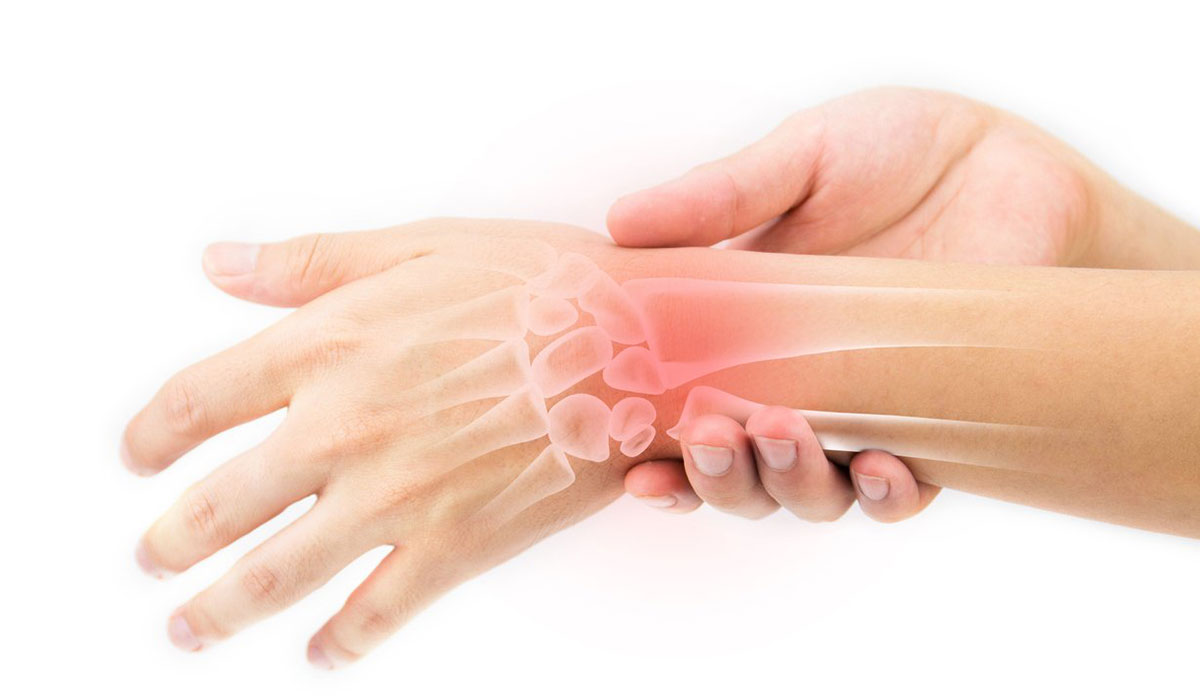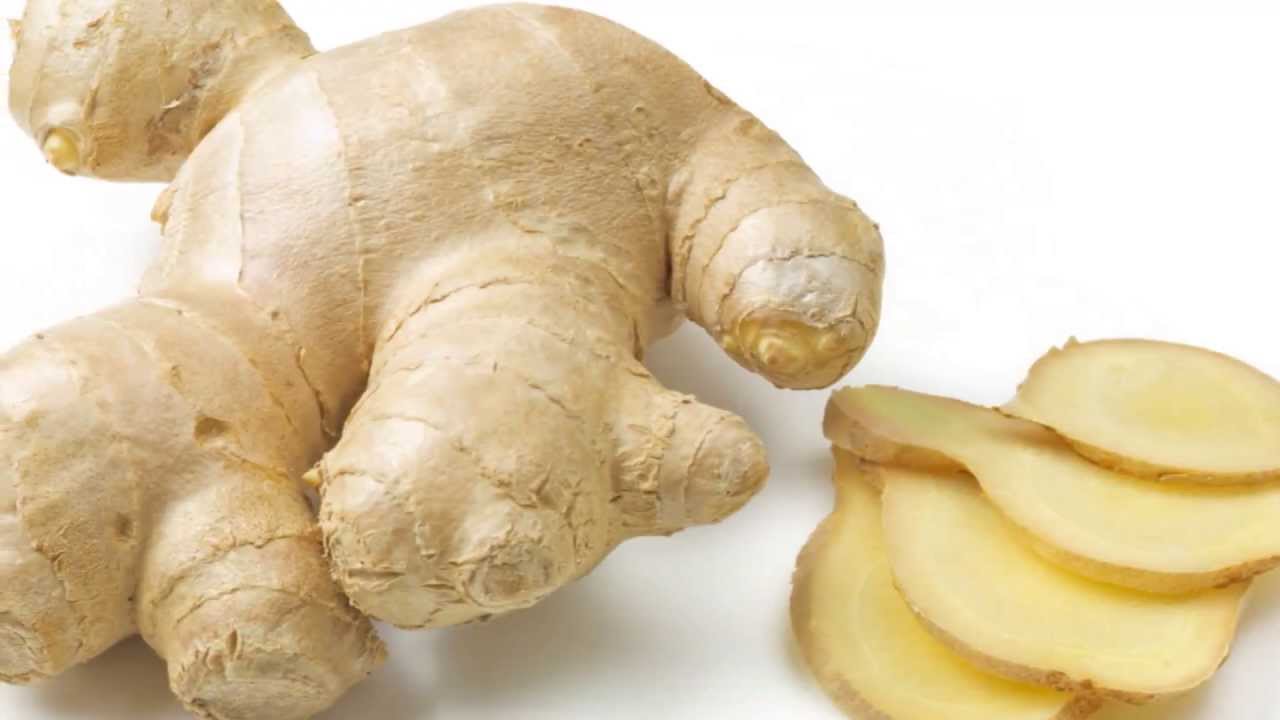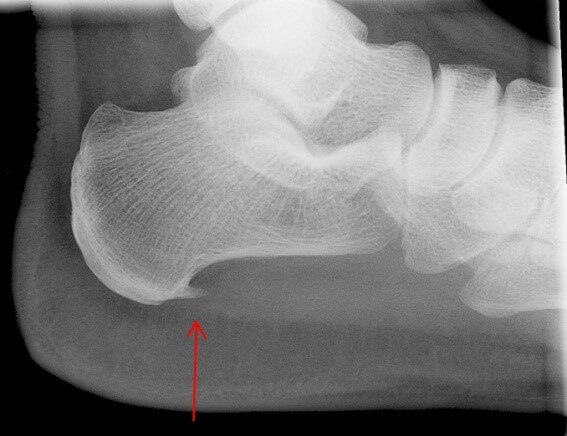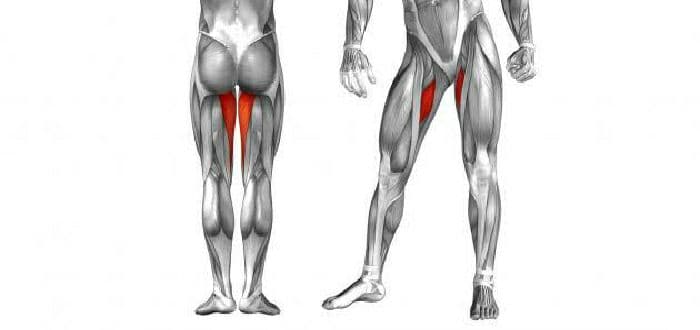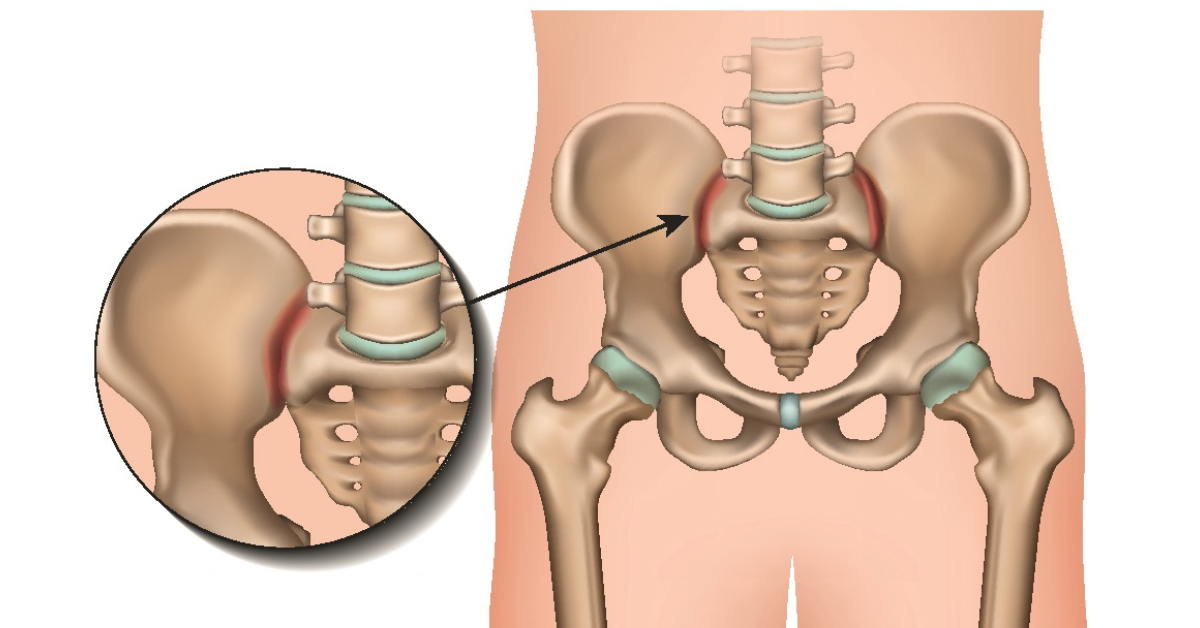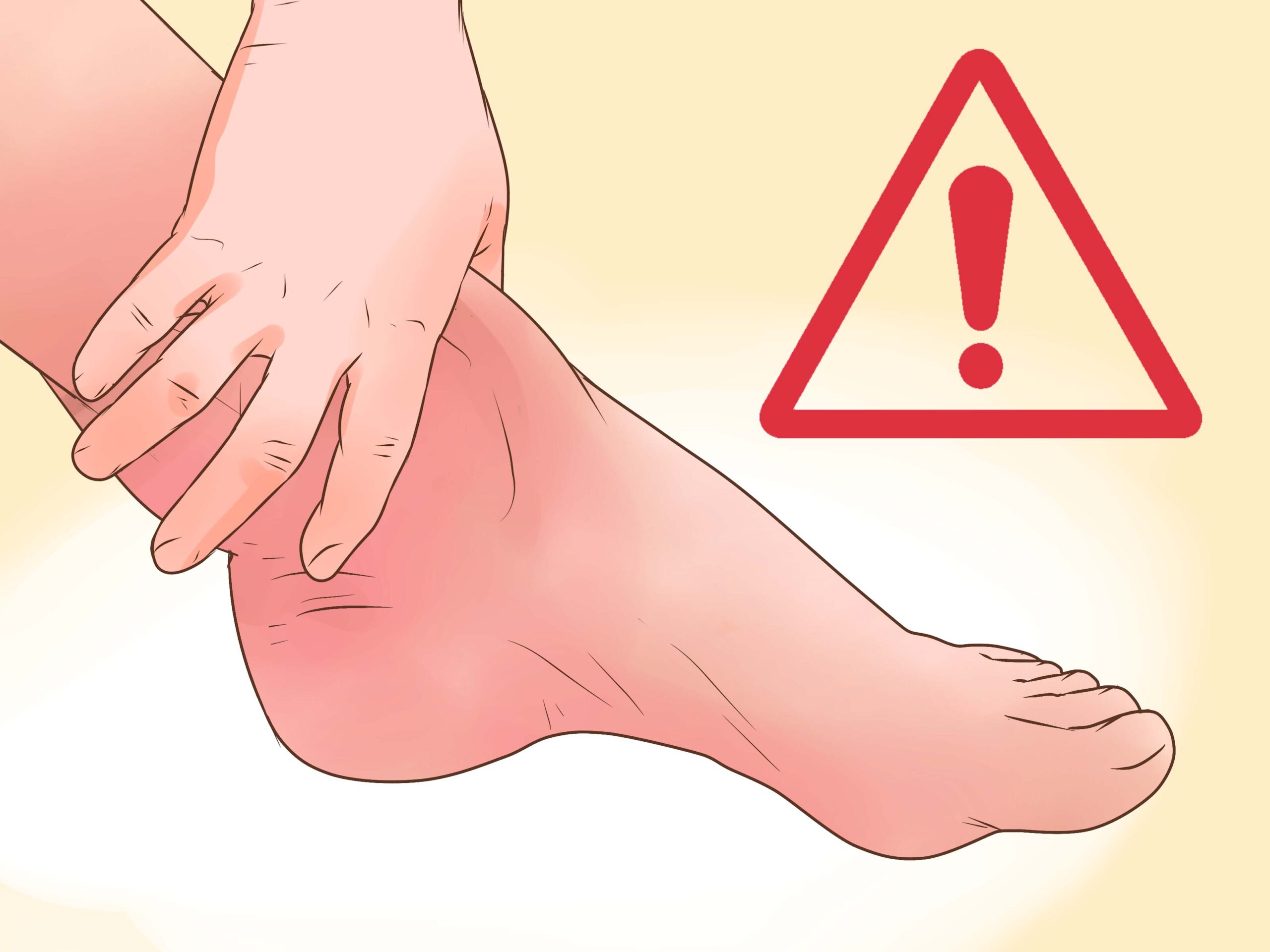Lumbar puncture complications and what happens after?
Lumbar puncture is an important medical procedure that helps detect many diseases and can be used for other medical purposes, and we will learn about it in detail in the following article.
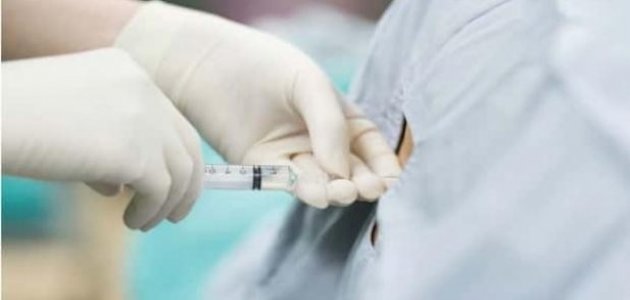
What is a lumbar puncture?
There are types of diseases that require advanced analysis in order to identify the patient’s condition and confirm the infection with this disease, and there are also types of treatments that require the patient to perform a puncture.
A lumbar puncture is a medical procedure in which a sample of cerebrospinal fluid is taken between the brain and the spinal cord.
A lumbar puncture can be performed in order to analyze the sample from the cerebrospinal fluid and to identify some serious diseases and health problems, including cancers in the brain and spinal cord. Also, the patient can be injected with types of drugs that must reach the cerebrospinal fluid directly.
Reasons to do a lumbar puncture
Lumbar puncture is performed for more than one reason, including therapeutic and other reasons, in order to diagnose the condition of the patient and to identify a specific type of disease in the body, and among the most common reasons for performing a lumbar puncture are as follows:
- Know the level of cerebrospinal fluid pressure.
- Diagnosis of some diseases, including brain tumors.
- Knowledge of certain types of infections, such as meningitis.
- Knowledge of the level of proteins in the body and the types of white blood cells.
- It detects the presence of foreign bodies or fungi in the body.
- Work to reduce spinal fluid pressure.
- It is used to inject chemotherapy into the body.
- It may be used to inject dye to make imaging of the brain.
The site of the lumbar puncture
The lumbar puncture was named by this name because it is a medical procedure through which a needle is inserted into the part between two vertebrae in the lumbar vertebrae in the lower back. the body.
Pre-lumbar puncture procedures
Greening up before a lumbar puncture is considered one of the important steps that can help reduce the risk of complications after doing a puncture. Among the steps that are taken before doing a lumbar puncture is not to eat food about 6 hours or more before the procedure and to discuss the medications taken before the puncture.
A few weeks before the puncture, it is important for the patient to undergo an MRI in order to ascertain whether the patient should perform the puncture or not and to ensure that there are no complications that will occur to the patient after the puncture. The drugs you are taking should be reviewed with a specialist doctor, especially if they are blood-thinning medications.
Lumbar puncture operation
The lumbar puncture process is one of the medical steps through which more than one goal can be done, whether to take a sample and analyze it for personal purposes or to inject and introduce types of chemical treatments and other types of drugs into the body.
How is a lumbar puncture performed? A lumbar puncture can be done through the following steps:
- The patient sits on a table designated for such operations and bends forward to a certain degree, or he can lie on one of the sides and bring the knee and neck toward the chest in a manner similar to the fetal position.
- The part between two lumbar vertebrae is identified and sterilized, and medical bandages are placed around it.
- The doctor numbs the part where the needle will be inserted, and the patient begins to feel numbness.
- The doctor begins to insert the needle for the puncture procedure, whether a certain fluid will be pumped through it into the body or a sample of cerebrospinal fluid will be taken.
- The fluid is placed in special containers for storing cerebrospinal fluid for analysis.
- The doctor disinfects the needle site and puts medical bandages on it so that it does not become infected.
Duration of the lumbar puncture
Usually, the duration of the lumbar puncture does not exceed 45 minutes only, through which the patient is prepared and the part from which the sample will be taken is anesthetized, and the doctor takes the cerebrospinal fluid necessary for the examination, then the patient returns to his room, but lying down is a good step after performing the operation and not making a great effort.
What happens after a lumbar puncture?
The lumbar puncture process helps doctors obtain the necessary samples that help the doctor obtain, by analyzing them, more information about the disease and its effect on the body.
There are some steps that help the patient return to his normal activity after doing the lumbar puncture. Important instructions after the operation include the following:
- It is good for the patient to take enough rest time after the procedure.
- Lying on the back to increase comfort after the operation is better than sitting.
- Adhere to the medications recommended by the attending physician after the operation.
- Increase the amount of fluids the patient eats throughout the day.
- Caffeine-containing drinks, such as coffee, can help relieve pain.
- Avoid driving immediately after the puncture or on the day of surgery.
- Avoid doing sports, especially vigorous ones, about two or three days after the surgery.
The patient can remove the bandages at home after performing the operation for about two days and does not need to return to the hospital again. Adhering to the previous steps avoids complications or risks after performing the lumbar puncture of the patient and obtaining the required samples.
Is a lumbar puncture dangerous?
Lumbar puncture often does not result in any complications because it is a safe medical procedure that requires only 30 to 45 minutes to be performed, and the patient can return home after the procedure without the need to wait in the hospital for a longer time.
Complications of lumbar puncture
Although the lumbar puncture procedure is one of the operations that do not cause major complications, the risks of lumbar puncture can appear in some patients after the operation, and this happens in rare cases, and complications can appear as follows:
- Feeling a strong headache that lasts for several days.
- There is a slight swelling around the part of the back where the needle was inserted.
- Bleeding at the operation site between the lumbar vertebrae.
- Exposure to inflammation and infection as a result of the needle that was used in the operation.
All the previous complications end within a week of the operation with the use of ice packs and analgesics, but sometimes the risks associated with the lumbar puncture increase and call for immediate referral to the doctor. Among these complications are the following:
- An increase in body temperature.
- The presence of pain in the head increases with time and does not respond to analgesics.
- There is severe swelling around the needle site.
- Feeling dizzy and wanting to vomit.
- Fluid coming out of the puncture site in the back.
- Back pain radiating down the legs.
The patient in this dream must return to the doctor who follows up with him in order to identify the patient’s current condition and the cause of complications after doing the lumbar puncture. The period of treatment for complications can be short if the appropriate treatment for them is started early.
How long does a headache last after a lumbar puncture?
Post-lumbar puncture headache is one of the side effects that can often occur to patients after a puncture procedure. The headache is accompanied by a feeling of nausea, vomiting, and dizziness. These symptoms can last from two to seven days after the lumbar puncture but do not affect the usual activity of the patient.
Treatment of headache after lumbar puncture
Headache can be treated after the lumbar puncture through some painkillers prescribed by the attending physician, and you must maintain a sufficient amount of rest in the days following the operation until the complications begin to gradually decrease.
Some diseases that can be detected through a lumbar puncture
Through the lumbar puncture, many diseases can be identified, especially meningitis and brain hemorrhage, and the puncture is used in other things as well, including the introduction of certain drugs into the body such as chemotherapy, and there is more than one disease that can be detected by using the lumbar puncture, including:
- The presence of a bacterial or fungal infection in the body.
- Bleeding in the brain.
- Detection of cancerous diseases affecting the spinal cord.
- Detection of an autoimmune disease.
- It can identify the case of multiple sclerosis.
- Puncture reveals encephalitis and syphilis.
- Alzheimer’s disease can be identified through puncture.
A lumbar puncture can also be used for diagnostic purposes, including the following:
- Collect cerebrospinal fluid and check for infection.
- Cerebrospinal fluid pressure can be measured with a paracentesis.
- Types of drugs such as chemotherapy can be injected.
- By means of a puncture, a dye can be injected that gives an accurate visualization of the fluid.
Doctors use the resulting data to take a sample of cerebrospinal fluid after a lumbar puncture to confirm some of the diseases that the patient suffered in order for the diagnosis to be largely accurate and treatment begins on this basis.
What are the symptoms of a lumbar puncture?
After the lumbar puncture, an injured person may experience some symptoms that accompany him for a period of 5 to 7 days, then they begin to gradually decrease after taking painkillers and taking enough rest in the period after the operation, and the symptoms include feeling a headache and a desire for nausea.
In the event that the patient begins to feel severe pain in the back or legs, or bleeding occurs in the affected part, it is important for him to return to his medical team in order to identify the symptoms that afflicted him and what their occurrence is and to take the appropriate medications for them.



